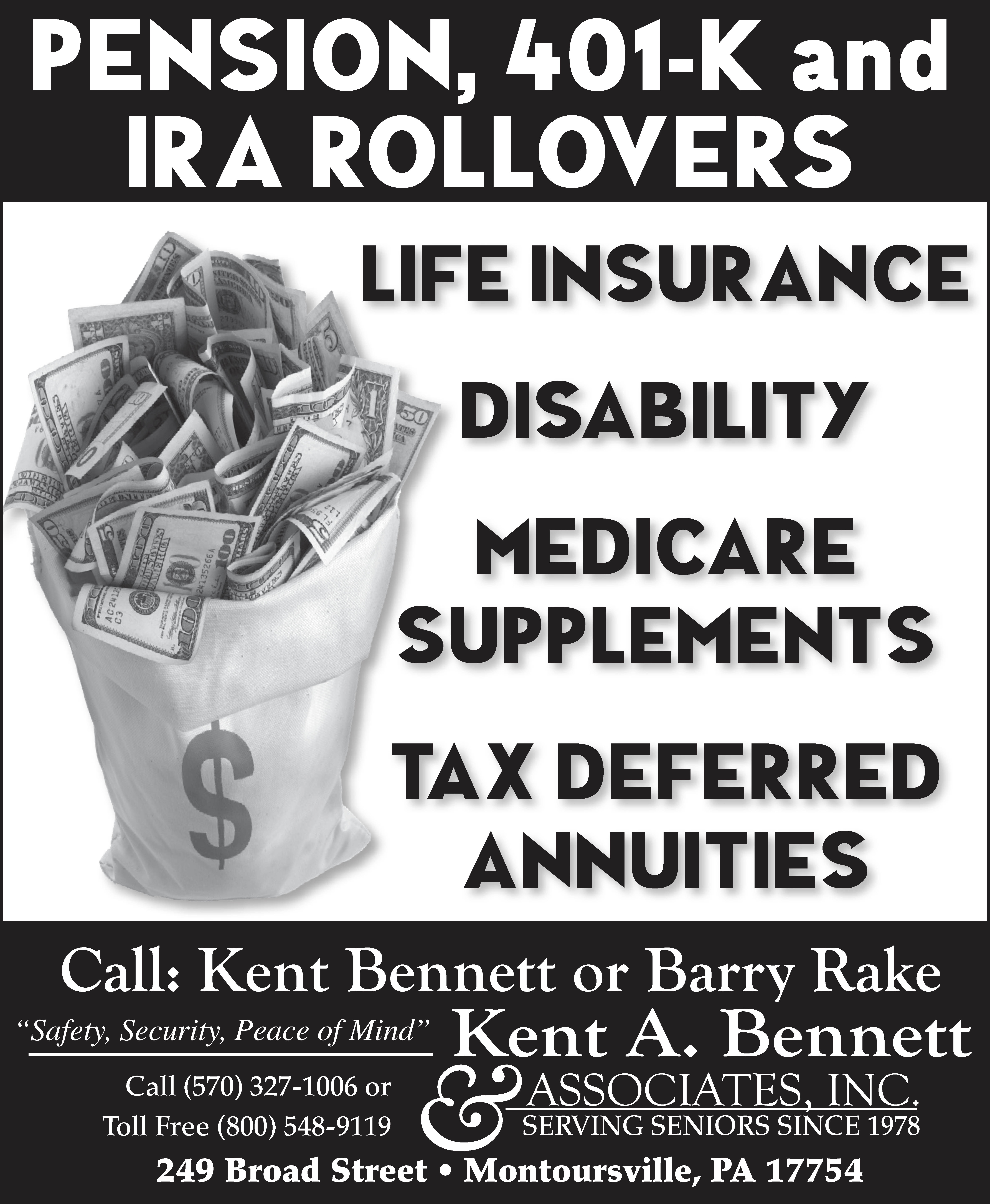Cardiopulmonary resuscitation, better known as CPR, is a practice used in emergency situations to help someone when their heart has stopped beating and they are unconscious — a condition known as cardiac arrest, often associated with gasping or no breathing at all. CPR is the act of pushing down on someone’s chest to help pump the heart manually, allowing blood and oxygen to continue moving through the body. Even if the blood flow created by CPR is only partial, this procedure can double, if not triple, the chances of survival.
Chain of Survival
The American Heart Association (AHA) uses the Chain of Survival, a series of steps to take if you suspect someone is having a cardiac arrest.
– Call or ask someone to call 911 and alert Emergency Medical Services (EMS) of the unresponsive person immediately.
– Perform CPR to the best of your ability. Any attempt of CPR is better than no attempt at all. Also, Good Samaritan laws are in place to protect bystanders that act in good faith by providing reasonable first aid.
– Use an automated external defibrillator (AED) if one is near. An AED is a medical device often found in public spaces that can measure heart rhythms and produce an electric shock to the heart. AEDs have straightforward instructions for anyone to follow.
– EMS will take over once they arrive.
By following these measures, you are contributing to a more positive outcome for the victim.
Performing CPR
It is recommended for the general public to use Hands-Only CPR, or CPR with compressions only and no breaths. To perform CPR on adults, follow these instructions:
– Place one hand on the center of the chest and your other hand on top of that hand, lacing the fingers.
– Use the heels of your hands to push hard and fast, keeping your arms straight and shoulders over your hands allowing your body weight to help with compressions.
– Compressions should be two inches deep and occur at least 100 times per minute. Think of the song “Stayin’ Alive” by the Bee Gees as recommended by the AHA.
– Do not stop until an AED is ready to use, EMS arrives, or if the victim displays an obvious sign of life.
Minutes Matter
Brain damage is possible after only four minutes of a stopped heart. After six minutes, this possibility increases, and after 10, it is almost certain. The immediate use of CPR is absolutely vital to help save someone’s life when experiencing a stopped heart.
While this column provides the basics of CPR, it is advantageous to seek out an official training to practice with a CPR mannequin and a trained professional. This gives you the opportunity to see what it takes to perform high quality chest compressions and gain confidence if you should ever have to use CPR.
by Kashif Chaudhry, M.D.
Heart and Vascular Institute, UPMC
Kashif Chaudhry, M.D., is an electrophysiologist with UPMC’s Heart and Vascular Institute and sees patients at the UPMC Health Innovation Center, 740 High St., Williamsport. To schedule an appointment with Dr. Chaudhry, call 570-321-2800. For more information, visit UPMC.com/HeartNCPA.



